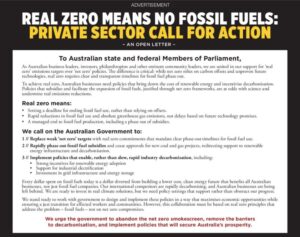How much cash will the states get under the CPRS? Zero
Last week many people were questioning why the Victorian Premier was so keen to secure additional compensation for the impact of the Carbon Pollution Reduction Scheme (CPRS) on his state’s biggest polluters. Luckily for him, however, he has not been forced to answer a more interesting question: Why isn’t he demanding that the Commonwealth Government compensate Victoria’s public hospitals, schools and transport system for the impact of its flawed emissions trading scheme? Unfortunately for those of us who ever rely on the public health, education or transport systems the CPRS is estimated to cost state budgets more than $2.1 billion in 2013, rising to more than $5 billion per year in 2020. How do I know this? The same reason I know that every state premier knows this. It was the state premiers who commissioned Access Economics to do the modelling. Unless the state premiers successfully demand compensation from the Commonwealth to cover these costs the only options are to increase state taxes or sack teachers and nurses.
Related documents
Between the Lines Newsletter
The biggest stories and the best analysis from the team at the Australia Institute, delivered to your inbox every fortnight.
You might also like
5 ways and 63 billion reasons to improve Australia’s tax system
With a federal election just around the corner, new analysis from The Australia Institute reveals 63 billion reasons why our next Parliament should improve the nation’s tax system.
Private sector demands ‘real zero’ policies and an end to fossil fuels
Some of Australia’s best-known and most respected industry, business and community leaders have written an open letter to state and federal MPs calling for an end to the “net zero smokescreen” to “secure Australia’s prosperity”.
Business groups want the government to overhaul the tax system? Excellent – we have some ideas.
The landslide win by the ALP has seen business groups come out demanding the government listen to their demands despite having provided them no support, and plenty of opposition, over the past 3 years.



